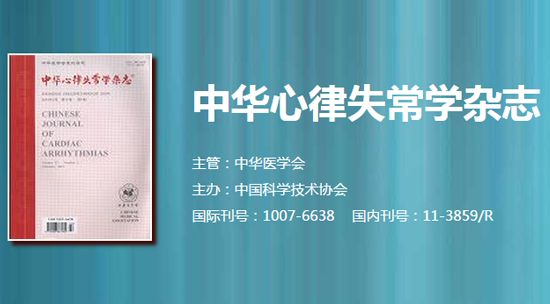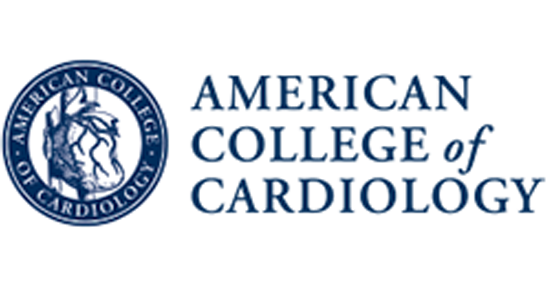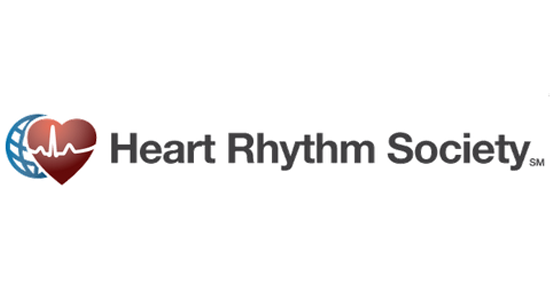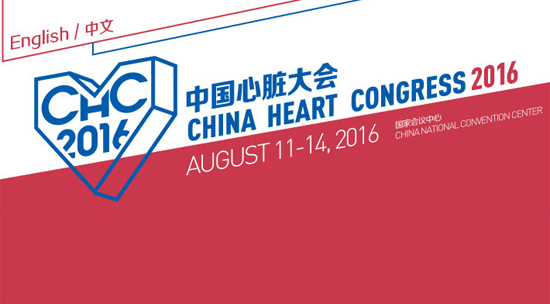HeartRhythm主编—陈鹏生教授语音速递(八月刊 英文版)
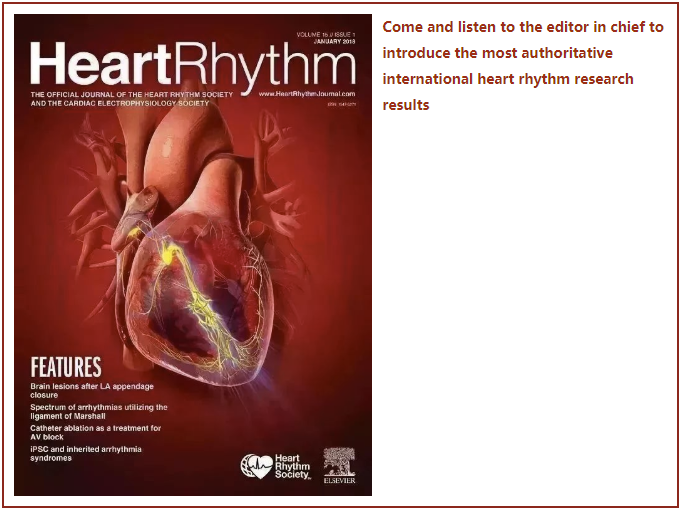

Peng-Sheng Chen
Hello, this is Dr. Peng-Sheng Chen, the Editor-in-Chief of Heart Rhythm. This is a summary of the August 2022 issue of the journal.
The first article is “Atrial Branch Coronary Artery Stenosis as a Mechanism for Atrial Fibrillation”. Patients from a single center with obstructive CAD during cardiac catheterization were included in a matched case-control analysis on the basis of the presence or absence of new-onset AF within one year of catheterization. Of 1794 patients, 115 (6%) developed AF. Higher odds of AF at 1 year were associated with increasing lesion stenosis severity in the right intermediate atrial artery and AV nodal artery. The authors conclude that in patients with obstructive CAD, diseases of the arteries supplying blood flow to the atrial myocardium were associated with higher odds of newonset AF at 1 year.
The next article is “Ultrasound-guided extra-cardiac vagal stimulation new approach for visualization of vagus nerve during cardioneuroablation”. The study group consisted of 48 patients in whom fluoroscopy-guided extracardiac vagal stimulation and ultrasound-guided extracardiac vagal stimulation were performed. Partial vagal response was defined as induction of sinus arrest or atrioventricular block, whereas full vagal response was defined as induction of both. Visualization of the vagal nerve using ultrasound was possible in 44 patients (92%). The authors found that ultrasound-guided extracardiac vagal stimulation is feasible and full vagal response is achieved significantly more frequently than using fluoroscopy-guided extracardiac vagal stimulation.
Up next is “Effect of radiofrequency and ethanol ablation on epicardial conduction through the vein of Marshall: How to detect and manage epicardial connection across the mitral isthmus”. The purpose of this study was to evaluate MB conduction status during mitral isthmus ablation in 57 consecutive patients. Solely with endocardial ablation, 33 patients (66%) achieved an entire mitral isthmus block, and 43 patients (86%) achieved an epicardial MB conduction block. VOM-ethanol infusion was then performed, and achieved the entire mitral isthmus block. The authors conclude that MB is effectively ablated by radiofrequency ablation. Continuous evaluation of MB conduction can reveal epicardial conduction and ablation effect. A residual MB epicardial connection is relatively rare but can be ablated by VOM-ethanol infusion.
Coming up is “Clinical Outcomes Of Conduction System Pacing Compared To Biventricular Pacing In Patients Requiring Cardiac Resynchronization Therapy”.This observational study included consecutive patients with LVEF ≤35% and class I or II indications for CRT who underwent successful bi-V pacing or conduction system pacing at 2 major health care systems. A total of 477 patients met inclusion criteria. Paced QRS duration in conduction system pacing was significantly narrower than bi-V pacing. The outcome measures, including LVEF, death or HF hospitalization was better in conduction system pacing compared to bi-V pacing. The authors conclude that conduction system pacing improved clinical outcomes compared to bi-V pacing in this large cohort of patients with indications for CRT.
The next article is “Rescue Left Bundle Branch Area Pacing in Coronary Venous Lead Failure or Non-response to Biventricular Pacing: Results From International LBBAP Collaborative Study Group”. The purpose of this study was to assess the feasibility and outcomes of LBBAP in patients who failed conventional BVP. LBBAP was successfully performed in 200 patients, resulting in significant QRS narrowing. LVEF improved from 29% to 40% during follow-up. The authors conclude that LBBAP is a viable alternative to CRT in patients who failed conventional BVP due to coronary venous lead failure or who were nonresponders.
Up next is “Current of Injury is an Indicator of Lead Depth and Performance during Left Bundle Branch Pacing Lead Implantation”. LBBP was attempted 513 times in 212 patients. The LBB capture threshold was more likely to improve to an acceptable level after 10 minutes in leads with initial and residual current of injury recorded on the tip electrode. Lead perforation during the procedure has occurred in 11 patients who had no current of injury noted on the tip electrode. The ratio of current of injury recorded on the tip electrode to that on the ring electrode was correlated to the lead depth determined by sheath angiography, and microperforation is highly possible when the ratio is decreased to <1. The authors conclude that the current of injury is a useful tool in forecasting LBBP lead depth and septal perforation, and it could facilitate the decision-making process when the initial LBB capture threshold is undesirable.
Coming up is “Clinical Outcomes and Predictors of Complications in Patients undergoing Leadless Pacemaker Implantation”. The cohort included a total of 7821 patients in National Readmission Database who underwent leadless pacemaker implantation. Overall immediate procedure-related complications occurred in 7.5% of patients. The most significant predictor for procedural complications was end-stage renal disease, congestive heart failure, and coagulopathy. All-cause readmission occurred in 17.9% of patients within 30 days from device implant, with 1.36% of readmissions being procedure related. The authors conclude that the rate of serious complications after leadless pacemaker implantation to be relatively low and comparable to prior studies in a high-risk population with multiple comorbid conditions.
Up next is “The Risk of Sudden Cardiac Death Associated with QRS, QTc and JTc intervals in the General Population”. This study was conducted using data from 3 population cohorts from different eras, comprising a total of 20,058 individuals. The follow-up period was limited to 10 years and age at baseline to 30-61 years. During a mean period of 9.7 years, 207 SCDs occurred. QRS duration was associated with a significantly increased risk of SCD in each cohort. The QTc interval had borderline to significant associations with SCD and varied among cohorts. JTc interval as a continuous variable was not associated with SCD. The authors conclude that prolonged QRS durations and QTc intervals are associated with an increased risk of SCD. However, when the QTc interval is deconstructed into QRS and JTc intervals, the repolarization component (JTc) appears to have no independent prognostic value.
Up next is “Outcome of Patients with Early Repolarization Pattern and Syncope”.Over a period of 5 years, the authors enrolled 143 patients with an early repolarization pattern and syncope in a multicenter prospective registry. 97 patients (67.8%) were implanted with a device allowing electrocardiogram monitoring. During a mean follow-up period of 68 months, they documented 16 arrhythmias presumably responsible for syncope. Additionally, recurrent syncope not associated with electrocardiogram documentation occurred in 16 patients. The cause of syncope was identified in 23 of 97 patients with a monitoring device (23.8%). The authors conclude that VAs occurred in 4.9% of patients with an early repolarization pattern and syncope. Device implantation based on detailed history taking seems to be a reasonable strategy. Previously reported high-risk ECG patterns did not identify patients with VAs.
The next paper is “Clinical profile and long-term follow-up of a cohort of patients with desmoplakin cardiomyopathy”. The clinical picture and outcome of 73 patients harboring a pathogenic/likely pathogenic DSP variant were evaluated. The phenotype during follow-up changed in 25 (35%) patients, arrhythmogenic LV cardiomyopathy forms being the most frequent, followed by biventricular and arrhythmogenic right ventricular cardiomyopathy forms. Major ventricular arrhythmias were detected in 21 patients (29%), and they were more common in ARVC and biventricular forms than in arrhythmogenic LV cardiomyopathy forms. The authors conclude that the clinical phenotype in pathogenic/likely pathogenic DSP variant carriers is wide. In arrhythmogenic LV cardiomyopathy, HF and major ventricular arrhythmias seem less common than in right ventricular and biventricular variants. Females show more frequent LV involvement and a better outcome.
Up next is “The impact of heart rate circadian rhythm on in-hospital mortality in stroke and critically ill patients: insights from the eICU Collaborative Research Database”. A total of 6201 patients whose heart rate have cosinor rhythmicity. Compared with APACHE IV score only, a combination of APACHE IV score and circadian rhythm variables of heart rate was associated with increased discriminative ability. The authors conclude that circadian rhythm of heart rate is an independent risk factor for in-hospital mortality in patients with stroke and critically ill. Including circadian rhythm variables of heart rate might increase the discriminative ability of the risk score to predict the prognosis of patients.
Up next is “Early Trends in Leadless Pacemaker Implantation: Evaluating Nationwide InHospital Outcomes”. Using the National Inpatient Sample, the authors identified all hospitalizations with leadless or transvenous pacemaker implantation. Between 2017 and 2019, the average age increased along with the prevalence of heart failure, atrial fibrillation, and malignancy among recipients. Compared to transvenous pacemaker, leadless intracardiac pacemaker implantation was associated with lower complication rates (8.6% vs 11.2%) but greater mortality (5.2% vs 1.3%; P <.001). The authors found that the in-hospital mortality and procedure-related complications declined in the first 3 years after approval of leadless intracardiac pacemaker implantation and may reflect improving operator experience. Increased mortality compared with transvenous pacemaker implant remains a concern.
The next article is “Postnatal Recurrence and Transesophageal Inducibility of Prenatally Treated Fetal Supraventricular Tachycardia”. Sixty-six prenatally treated newborns with fetal long or short ventriculoatrial tachycardia were reviewed. Twenty-eight patients (42%) experienced SVT at or early after birth, which was associated with fetal long ventriculoatrial tachycardia; delayed in utero cardioversion with treatment; prenatal treatment with multiple antiarrhythmics; and postnatal atrial ectopic tachycardia/permanent junctional reciprocating tachycardia. The authors conclude that the postnatal risk of SVT is related to the arrhythmia mechanism and prenatal treatment response. In newborns without spontaneous SVT, transesophageal pacing study may be useful.
Up next is a paper titled “Molecular and functional characterization of the mouse intracardiac nervous system”. The authors have identified the expression of 7 distinct neuronal markers within the mouse ICNS, thus proving the neurochemical diversity of this network. Of note, it was the first time that the existence of neurons expressing the calciumbinding protein calbindin, neuropeptide Y, and cocaine and amphetamine regulated transcript peptide was described in the mouse. Electrophysiology studies also revealed the existence of 4 different neuronal populations on the basis of their electrical behavior. The authors conclude that the mouse ICNS presents a molecular and functional complexity similar to other species and is therefore a suitable model to decipher the role of individual neuronal subtypes regarding the modulation of cardiac function and the initiation of cardiac arrhythmias.
The above original articles are followed by two contemporary reviews. The first one is “SCN5A Overlap Syndromes: an open-minded approach”. The second one is “R-on-T and the Initiation of Reentry Revisited: Integrating Old and New Concepts”. We also have 4 research papers. The 1st one is titled “Precordial Reverse Pattern Break: A Predictor of Posteroseptal Accessory Pathways Ablatable From the Proximal Coronary Sinus”. The second one is “Increased susceptibility to ventricular arrhythmia at low-normal and 5 moderately-low levels of extracellular potassium in Catecholaminergic Polymorphic Ventricular Tachycardia”. A third one is “Liver Cirrhosis is Independently Associated with Increased In-Hospital Mortality in Patients Undergoing Left Atrial Appendage Occlusion Device Implantation”. The 4th one is “Acute and medium-term outcomes of His-bundle pacing with or without electrophysiology recording system using propensity scorematched”.The final article is an obituary published to remember Dr. Morton Mower, a pioneer in ICD and resynchronization therapies.
I hope you enjoyed this podcast. For Heart Rhythm, I’m the Editor-In-Chief, Dr. Peng-Sheng Chen.
